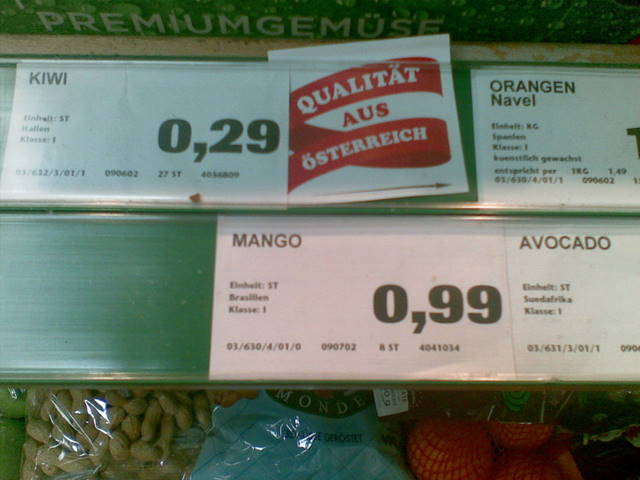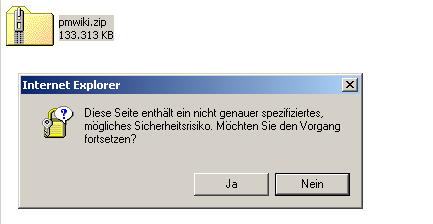Today, slashdot features yet another article concerning the non-security of SSN as an authenticator. A good number of comments already discussed the stupidity of basing security on the secrecy of the SSN.
Actually, I think there is just one simple solution to keep companies from relying on the SSN as a way to authenticate people:
Publish them all.
In reality, everybody who actually uses SSNs to authenticate people needs to have access to the DB of SSNs. Anybody who handles forms which contained SSN learns them. It’s a shared secret. And it’s used so widely that the circle of people who know them is so large that the secrecy is impossible to maintain.
They may be a secret, but they are a pretty open secret. That’s not security, that’s just a marginally plausible veneer of security.
In order to get something secure in place, you need to convince people that the current scheme is broken beyond repair. So just publish them. All 300 million of them. Get over it.



